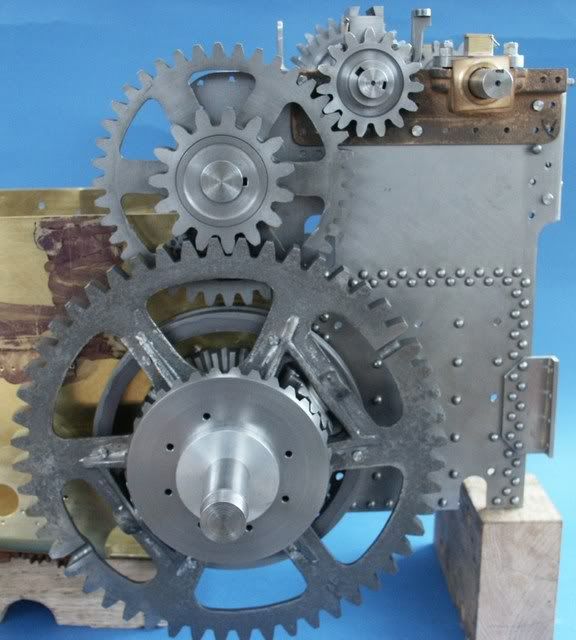I have a Seig X2.7 mini mill. I have to cut a Mod 1 gear with 63 teeth in aluminium. I have commercial Mod 1 gear cutter set.
I checked the internet for gear dimensions and indexing calculation.
Mod 1 gear.
63 teeth
OD 65mm
Root dia 60.5mm
Pitch dia 63mm.
My rotary table has 1:72 ratio. I will use 28 hole indexing plate. Increment will be 1 turn and 4 holes.
I have some questions about the operation as this is my first time.
1. What should be the RPM?
2. Should I do full depth of cut (2.25 mm) or do in steps?
3. Should I do conventional or climb milling?
4. Feed will be manual and I will try to be as slow as possible.
Any other concern or trick that I can use.
Regards
Nikhil
I checked the internet for gear dimensions and indexing calculation.
Mod 1 gear.
63 teeth
OD 65mm
Root dia 60.5mm
Pitch dia 63mm.
My rotary table has 1:72 ratio. I will use 28 hole indexing plate. Increment will be 1 turn and 4 holes.
I have some questions about the operation as this is my first time.
1. What should be the RPM?
2. Should I do full depth of cut (2.25 mm) or do in steps?
3. Should I do conventional or climb milling?
4. Feed will be manual and I will try to be as slow as possible.
Any other concern or trick that I can use.
Regards
Nikhil










![DreamPlan Home Design and Landscaping Software Free for Windows [PC Download]](https://m.media-amazon.com/images/I/51kvZH2dVLL._SL500_.jpg)


![TurboCAD 2020 Designer [PC Download]](https://m.media-amazon.com/images/I/51UKfAHH1LL._SL500_.jpg)
















































![MeshMagic 3D Free 3D Modeling Software [Download]](https://m.media-amazon.com/images/I/B1U+p8ewjGS._SL500_.png)















